A constant source of growth in labor productivity is STP. The progress of science is determined by continuous changes in all factors. Serious changes that are accompanied by the introduction of new means of production are called innovations. Their implementation requires investment.
Essence
According to economic theory, capital investment is a kind of real investment. Before fixed assets are put into operation, they are listed on the balance sheet as capital investments. This is a necessary condition for the existence of the enterprise. If it neglects investment, then in the future it will lead to a decrease in competitiveness.
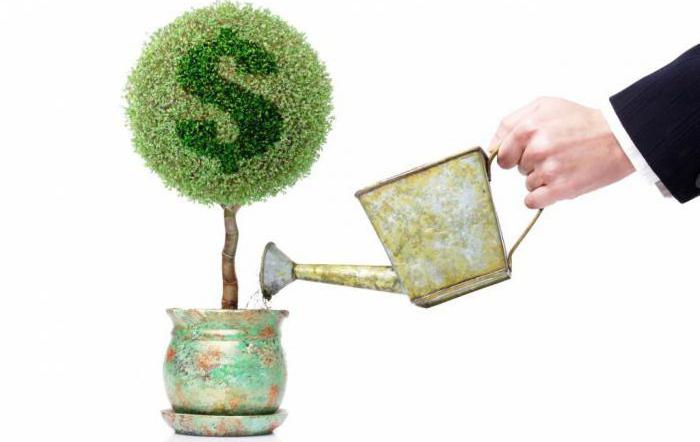
Capital investment is a long-term investment in an organization. They are not depreciated, do not participate in the turnover. They are divided into the following areas: construction and installation costs, design and survey work, acquisition, manufacturing of fixed assets, R&D, investment in labor resources.
Capital investments are used in the following areas:
- construction on the developed areas;
- introduction of additional and expansion of existing industries;
- reorganization of the enterprise, construction of new facilities on the site of liquidated ones;
- introduction of new technology;
- mechanization, modernization.
The most effective direction of investment is the reconstruction and re-equipment of existing production. Less investment is required, work is done in a short time, costs quickly pay off.
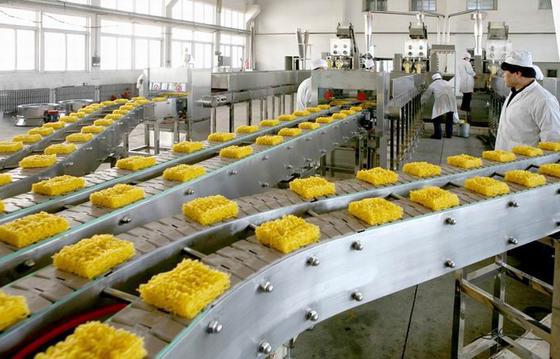
Types of capital investments
Investments in fixed assets are called real. But there are also other forms of capital investment. Financial - the allocation of funds for the purchase of securities and currency.
The organization can also invest in human capital - to pay for continuing education and labor productivity courses that will be offset by future income growth.
Investments are also divided into production (development of the enterprise) and non-production (social sphere). According to the elements they are classified into tangible and intangible. Expenses for assets (buildings, equipment) belong to the first group. Investments in intellectual property (patents, licenses, know-how) are considered intangible.

Sources of capital investment are divided into own and borrowed funds, domestic and foreign, state and decentralized. As another source, depreciation can be identified. In order to quickly generate savings, enterprises are forced to write off equipment quickly. Therefore, depreciation loses the expression of physical depreciation and acts as an instrument for regulating investments.
Investment structure
Most often, the organization’s activities are financed by the company's own funds - retained earnings. But the structure of capital investments can also consist of borrowed funds - income from the issue of securities, loans. The main indicators of the level of self-financing is the share of equity in the structure of sources of funds. The higher it is, the less the organization depends on borrowed funding sources. Since the background market in Russia is not yet fully operational, bank loans are most often considered as an alternative source of financing for enterprises.
Investment Valuation
Capital investments of an enterprise go through several stages of research:
- technical and economic;
- financial;
- general economic.
At the first stage, the feasibility of introducing the project from a technical and economic point of view is considered. The need for personnel with the necessary qualifications, infrastructure, potential market size, and possible competitiveness is calculated.
At the next stage, a detailed feasibility study is carried out:
- production capacities are being studied;
- prospective resource and sales markets are analyzed;
- the project implementation technique is being drawn up;
- an organizational structure plan is being formed;
- project implementation timelines are calculated.
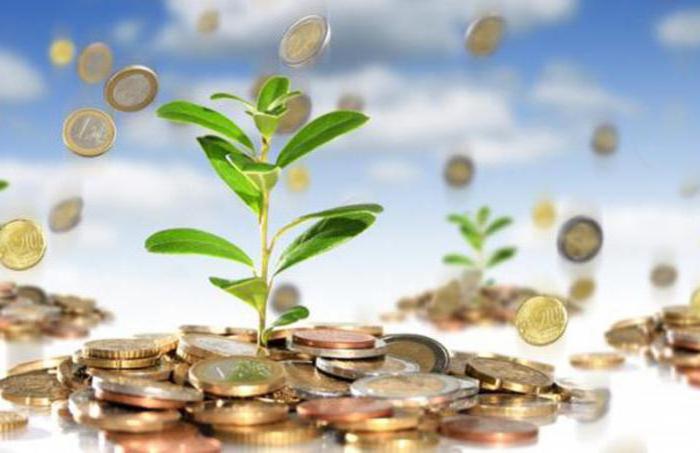
The purpose of financial analysis is to study the possibility of profit from the implemented project. In this case, the following is investigated:
- the planned amount of revenue;
- sources of financing are established;
- a planned profit and loss statement, balance sheet;
- project efficiency is calculated.
The results of the general economic analysis reveal the possibility of changing the size of budgets and the impact of the project on the state of the country's economy as a whole.
Investment efficiency
The feasibility of implementing the project is considered in the following areas:
- public - the impact of the project on society;
- commercial - the feasibility of the project by investors;
- budgetary - the profitability of investments in the case of attracting budgetary funds.
The effectiveness of capital investments is estimated by economic indicators. The analysis is carried out in order to choose the best investment option. From the point of view of the enterprise, this may be the purchase of the best type of machinery, equipment, machines.
The overall investment efficiency is measured by the rate of return on investments and the payback period.
Kdoh = Net Income: Capital Investment.
In the economic literature, when calculating this indicator, it is recommended to take into account the time gap between investing and obtaining the effect:
Kdoh = Net Profit: (Investment for the past year - 1).
Return on investment is the period for which the profit will cover the costs incurred:
Juice = Investment: Net income.
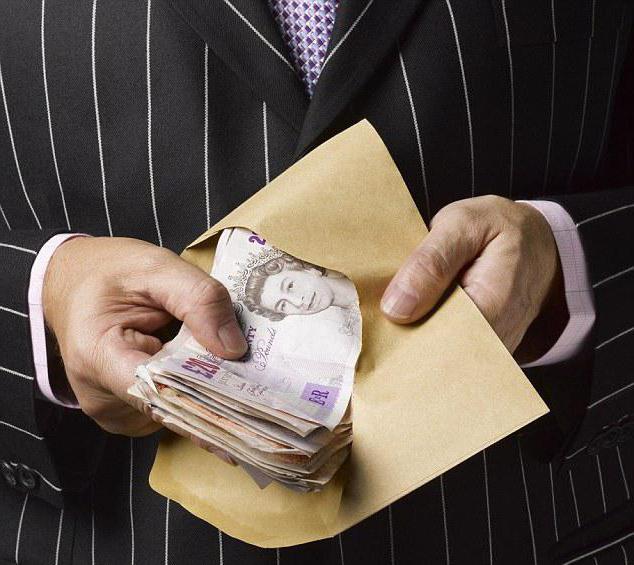
Odds
Comparative effectiveness involves the correlation of results obtained before and after additional investments. In this case, one-time (investment) and current (production costs) costs are compared. Comparative effectiveness is measured by such key indicators: profitability of additional investments; payback period, capital intensity.
The rate of return on investments is calculated by the formula:
Kdoh = (I0 - I1): (B0 - B1), where:
- B1, B0 - initial and additional investments;
- I1, I2 - production costs.
The payback period is calculated as follows:
T = B1 - B0: I0 - I1.
The lower the cost, the higher the investment efficiency.
Capital intensity is the ratio of investment to turnover. The calculation is as follows:
K = Investments: Turnover x 1000.
In Western countries, investment activity is also evaluated for profitability and return on investment. But for the calculations, other formulas are used:
Kdoh = Net Profit: (Investments + Depreciation).
T = (Investments + Depreciation): Net profit.
Profitability = (Profit: Investment) x 100.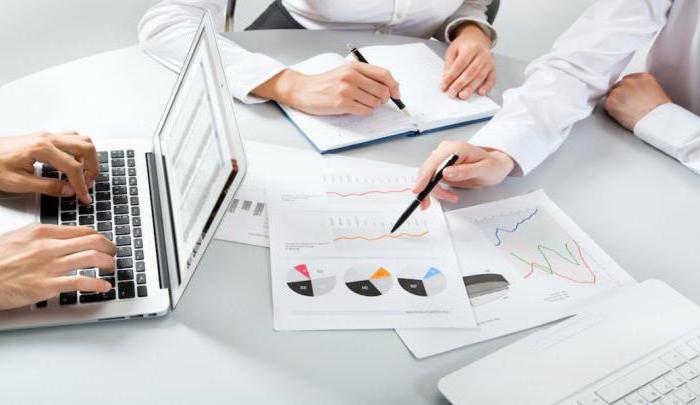
In Russia, the following indicators are additionally calculated:
1. Product output per 1 ruble of investments:
E = (P1 - P0): K, where:
- P0, P1 - production volume with initial and additional investments;
- K is the amount of additional investment;
2. The change in the cost of production:
C / C = V x (C0 - C1): K, where:
- V is the annual volume of output in physical units after investment;
- С0, С1 - unit cost at initial and additional investments.
3. The dynamics of labor costs:
Zat = V x (Zat0 - Zat1): K, where Zat0 and Zat1 are labor costs for manufacturing a unit of production before and after investment.
4. Change in profit:
Prib = V x (P1 - P0): K, where P0 and P1 - profit per unit of product before and after capital investment.
Investment accounting
Capital investments are reflected in account 08.After putting the facility into operation, depreciation is charged on it. If the book value of the equipment increases as a result of its modernization, the annual amount of deductions is recalculated. Depreciation is charged on the cost of the facility, taking into account the costs of modernization and the remaining useful life.
Example 1
OS cost - 100 thousand rubles. The term of use is 5 years. 3 years after commissioning, the equipment was repaired. Book value increased by 50 thousand rubles, and the term of use - by 2 years.
- Residual value: 100 - (100 x 3/5) + 50 = 90 thousand rubles.
- New term of use: 5 - 3 + 2 = 4 years.
- Annual amount of deductions: 90: 4 = 22.5 thousand rubles.
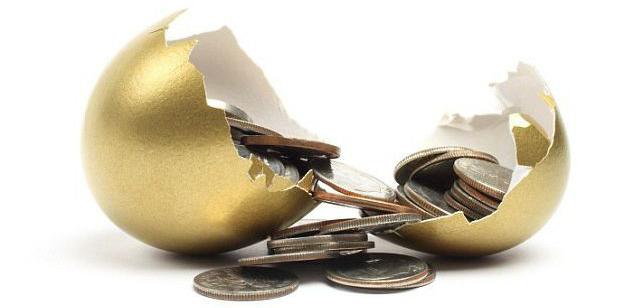
Tax accounting
The costs of the reconstruction of fixed assets increase their initial cost and are subject to write-off through depreciation. Modernization activities include measures after which the technological purpose of the equipment was changed. For reconstruction - reconstruction of facilities in order to increase capacity, improve product quality. To re-equipment - the introduction of technology and automation of production. The date of the change in the initial value is the date of completion of the repair work.
Example 2
The initial cost of the premises is 1.5 million rubles. (according to BU and NU). Depreciation is charged on a straight-line basis. Before the repair, the equipment was in operation for 30 months. The term of use is 200 months. After the repair, it has not changed. Reconstruction was carried out for 13 months. No wear was accrued during the repair period. Reconstruction costs - 500 thousand rubles.
BOO
DT01 KT08 - 500 thousand rubles. - the cost of the premises is increased due to repair costs:
1.5 - 1.5 / 200 x 30 + 0.5 = 1.775 thousand rubles.
The remaining term of use is 170 months.
Amount of depreciation in the balance sheet: 1,775 / 170 = 10,324 thousand rubles.
They are written off monthly in the balance by posting: DT20 KT02.
WELL
Depreciation rate: 1/200 x 100 = 0.5%. From the next month after the repair is completed, NU of the object will be deducted in the amount of: (1.5 + 0.5) x 0.5% = 0.01 thousand rubles. Depreciation will be charged 1.775 / 0.01 = 178 months.
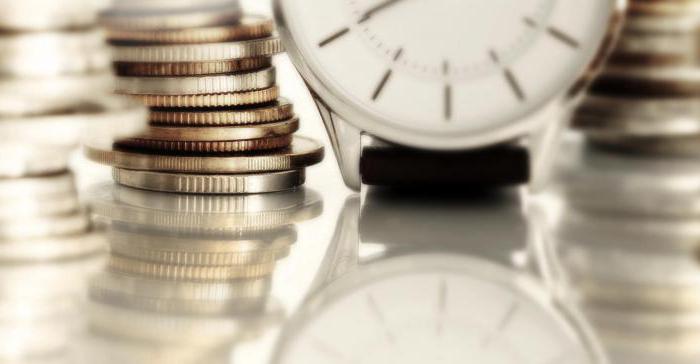
Investment Accounting Provisions
Capital investments are displayed separately by type and by object. Accounting is on an accrual basis. With the contracted method of reproduction, the costs in the balance sheet are displayed at estimated cost. At the same time, the costs of installing foundations, supporting structures, lining boilers, furnaces are taken into account separately for each object. The cost of equipment repair is formed on the basis of information on the volume of work performed. These costs include the cost of fixed assets, as well as transportation costs. The latter are preliminarily taken into account in the composition of materials in the total deviation of the actual cost. And after the commissioning of the facility is debited to bills 07 and 16.
Costs that do not increase the cost of the OS:
- personnel training;
- prospecting and other promising works;
- objects transferred for construction;
- investment activity - the acquisition of buildings and structures;
- expenses for the conservation of construction permitted in the prescribed manner;
- deductions to the fund of the installation organization;
- expenses related to the objects of the wage-transfer payments donated to other institutions;
- the cost of equipment purchased through investment, which was then donated;
- markdown value;
- training costs;
- natural disaster losses;
- demolition costs and other costs.
All these expenses are debited from KT33 in DT93 "Financing of capital investments", DT88 "Special purpose funds" or DT 81 "Use of profit" as transactions are performed. Temporary buildings erected for the period of construction work are accounted for separately. Capital works are not included in their inventory value. Depreciation is charged at established rates.








